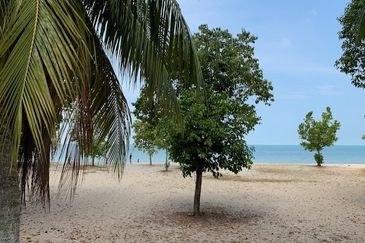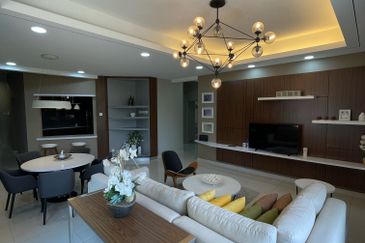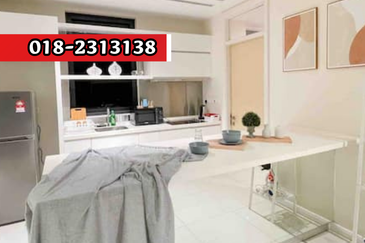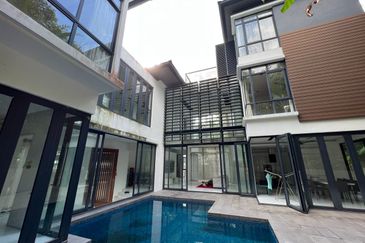KUALA LUMPUR (June 2): Higher costs of funding prompted some banks to raise their base rates (BR) and base lending rates (BLR) recently, the first time since January 2015, when the BLR structure was replaced with a new BR system.
The Association of Banks in Malaysia (ABM) explained in a statement yesterday that the downward trend of the three-month Kuala Lumpur Interbank Offered Rate (Klibor) in the first quarter of this year was “insufficient to offset the rise in the total funding costs experienced throughout 2015 and 2016”.
“This is the first time these banks have revised their BR and BLR. Despite the increase, the BR of these banks remains below the average BR for the industry of 3.89% as at 1Q (first-quarter) 2016,” the statement said.
Effective January last year, commercial banks are allowed to revise their reference rates (both BR and
BLR) in response to a change in funding costs, regardless of whether there is a change to the overnight policy rate (OPR). This is in line with the new reference rate framework, which was announced by Bank Negara Malaysia in 2014.
“In addition to the OPR, the cost of raising funds would depend on several factors such as the banks’ credit ratings, market funding conditions and competitive pressures,” the ABM noted.
Not every bank has upped the BR and BLR. The association pointed out that following the recent reduction in the statutory reserve requirement ratio from 4% to 3.5%, effective from Feb 1, a number of banks have actually reduced their BR and BLR.
“The decisions by the banks in revising their BR and BLR were in accordance with the policy framework and internal governance of the institutions concerned,” it said.
Whatever the adjustments, the ABM highlighted that banks are obligated to provide borrowers with particulars of the revised monthly instalment amount at least seven calendar days prior to the date the revised instalment comes into effect.
It was reported that Public Bank Bhd, Hong Leong Bank Bhd and Standard Chartered Bank had raised their BR by about 10 basis points (bps) to 3.75%, 3.94% and 3.77% respectively to alleviate the pressure on their net interest margins.
This was despite the three month Klibor trending down 17bps to 3.67% from its recent peak of 3.84% in December to January 2016.
This very much reflects that funding cost pressures have continued to impact the banks’ profit margin, amid rising competition for deposits and tighter liquidity, according to Maybank Investment Bank Research dated May 23.
Start your search for a condominium of your choice HERE.
This article first appeared in The Edge Financial Daily, on June 2, 2016. Subscribe to The Edge Financial Daily here.
TOP PICKS BY EDGEPROP
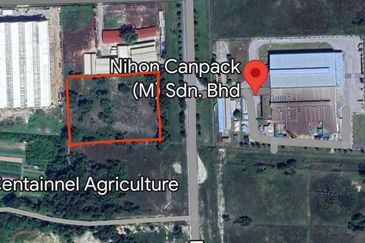
Bemban Industrial Estate (Kawasan Perindustrian Batu Gajah)
Batu Gajah, Perak
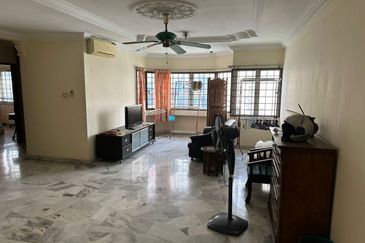
De Tropicana Condominium
Kuchai Lama, Kuala Lumpur

Jalan Taman Bukit Kinrara 1/4
Bandar Kinrara Puchong, Selangor
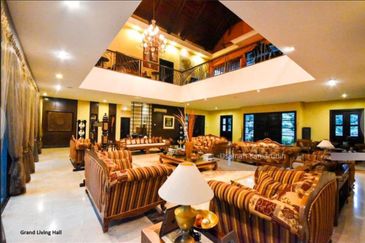
Country Heights Damansara
Country Heights Damansara, Kuala Lumpur

East Residence @ KLGCC
Damansara, Kuala Lumpur

The Ritz-Carlton Residences
KLCC, Kuala Lumpur

The Residence, Mont Kiara
Mont Kiara, Kuala Lumpur


